Table of Contents
ToggleSources
- https://www.archives.gov/founding-docs/amendments-11-27
The National Archives provides the official text and historical context of the 12th Amendment, making it a primary and authoritative source for constitutional amendments. - https://www.history.com/topics/us-government/12th-amendment
History.com offers a detailed explanation of the 12th Amendment, including its historical background and significance, which aligns with the blog post's discussion on why the amendment was needed. - https://www.britannica.com/topic/Twelfth-Amendment
Encyclopedia Britannica provides a comprehensive overview of the 12th Amendment, including its origins and impact, which supports the blog post's narrative about the electoral process changes. - https://www.senate.gov/artandhistory/history/common/generic/12thAmendment.htm
The U.S. Senate's official website offers historical insights into the 12th Amendment, including its legislative journey and ratification, which corroborates the timeline and details provided in the blog post. - https://www.loc.gov/rr/program/bib/ourdocs/12thamendment.html
The Library of Congress provides historical documents and resources related to the 12th Amendment, offering additional context and primary sources that validate the blog post's claims.
Key Points
- The 12th Amendment reformed the Electoral College system to require separate votes for President and Vice President.
- It was created to prevent the election of a President and Vice President from opposing parties, as happened in 1796.
- The Amendment introduced the concept of a 'ticket' where candidates for President and Vice President run together.
- It clarified the process for resolving ties or lack of majority in the Electoral College, involving the House of Representatives and Senate.
- The 12th Amendment ensures continuity by allowing the Vice President to act as President if the House fails to elect one.
- The Amendment was ratified in 1804 after the messy 1800 election, which required 36 Electoral College votes to decide.
- It prohibits anyone ineligible for the presidency from being Vice President.
- The 12th Amendment demonstrates the Founding Fathers' adaptability to political realities, including the rise of political parties.
- The Amendment was proposed in 1803 and ratified by the necessary states by June 15, 1804, just in time for that year's election.
- Some states initially rejected the Amendment, including Delaware, Massachusetts, and Connecticut.
Summary
The 12th Amendment reformed the Electoral College system to address flaws exposed in the 1800 election, where rival candidates from different parties could end up as President and Vice President. It required electors to cast separate votes for President and Vice President, ensuring a unified ticket and preventing deadlocks. Ratified in 1804, the amendment adapted the Constitution to the reality of political parties and streamlined future elections.
12th Amendment of the Constitution
The Electors shall meet in their respective states, and vote by ballot for President and Vice-President, one of whom, at least, shall not be an inhabitant of the same state with themselves; they shall name in their ballots the person voted for as President, and in distinct ballots the person voted for as Vice-President, and they shall make distinct lists of all persons voted for as President, and of all persons voted for as Vice-President, and of the number of votes for each, which lists they shall sign and certify, and transmit sealed to the seat of the government of the United States, directed to the President of the Senate;
—The President of the Senate shall, in the presence of the Senate and House of Representatives, open all the certificates and the votes shall then be counted;
—The person having the greatest number of votes for President, shall be the President, if such number be a majority of the whole number of Electors appointed; and if no person have such majority, then from the persons having the highest numbers not exceeding three on the list of those voted for as President, the House of Representatives shall choose immediately, by ballot, the President. But in choosing the President, the votes shall be taken by states, the representation from each state having one vote; a quorum for this purpose shall consist of a member or members from two-thirds of the states, and a majority of all the states shall be necessary to a choice. And if the House of Representatives shall not choose a President whenever the right of choice shall devolve upon them, before the fourth day of March next following, then the Vice-President shall act as President, as in the case of the death or other constitutional disability of the President. note 14 —The person having the greatest number of votes as Vice-President, shall be the Vice-President, if such number be a majority of the whole number of Electors appointed, and if no person have a majority, then from the two highest numbers on the list, the Senate shall choose the Vice-President; a quorum for the purpose shall consist of two-thirds of the whole number of Senators, and a majority of the whole number shall be necessary to a choice. But no person constitutionally ineligible to the office of President shall be eligible to that of Vice-President of the United States.
Why Was the 12th Amendment Needed?
George Washington disapproved of political parties. He was not alone in that stance, and those Founding Fathers who gathered for the 1787 Constitutional Convention were, in the main, of a similar mind.

Get Smarter on US News, History, and the Constitution
Join the thousands of fellow patriots who rely on our 5-minute newsletter to stay informed on the key events and trends that shaped our nation's past and continue to shape its present.
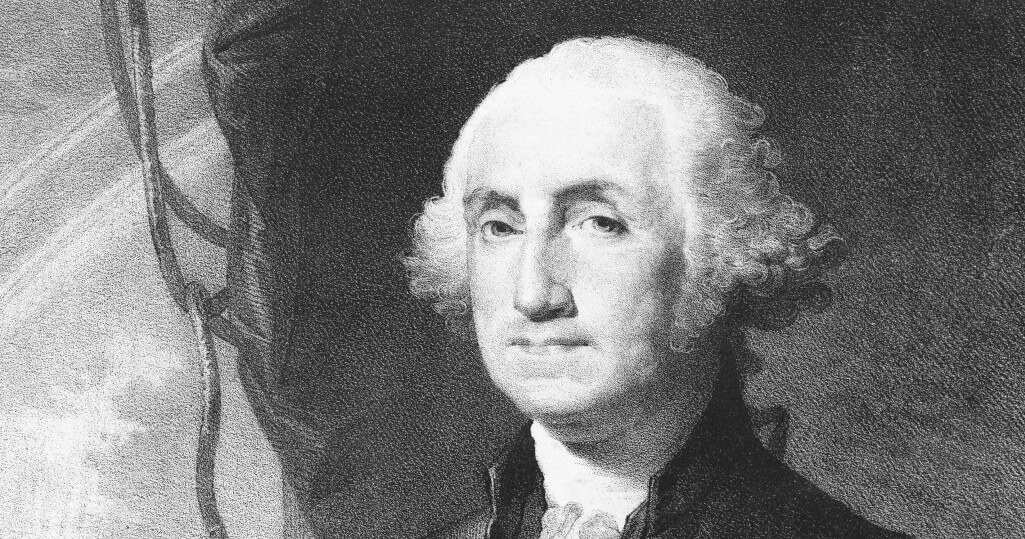
Nevertheless, independence had been won, and the heady atmosphere was one of unity and purposefulness.
The electoral system they created introduced the Electoral College system of electing the President and Vice President. James Madison advocated for the Electoral College.
Electoral votes
The Electors represented the states. Every Elector had two votes and could vote for two candidates, with one being from outside the Elector’s state.

The candidate with over 50 percent of votes cast was elected President, while the candidate with the next most votes became Vice President.
This system was created to support the assumption that the nation’s most capable politicians would be elected. Moreover, they would be elected on individual merit and not because they belonged to a particular political party.
The system worked well until the end of George Washington’s second term as President.
When the 12th Amendment Became Necessary
Washington’s Vice President, John Adams, stood as a presidential candidate in the 1796 election and was opposed by Thomas Jefferson.
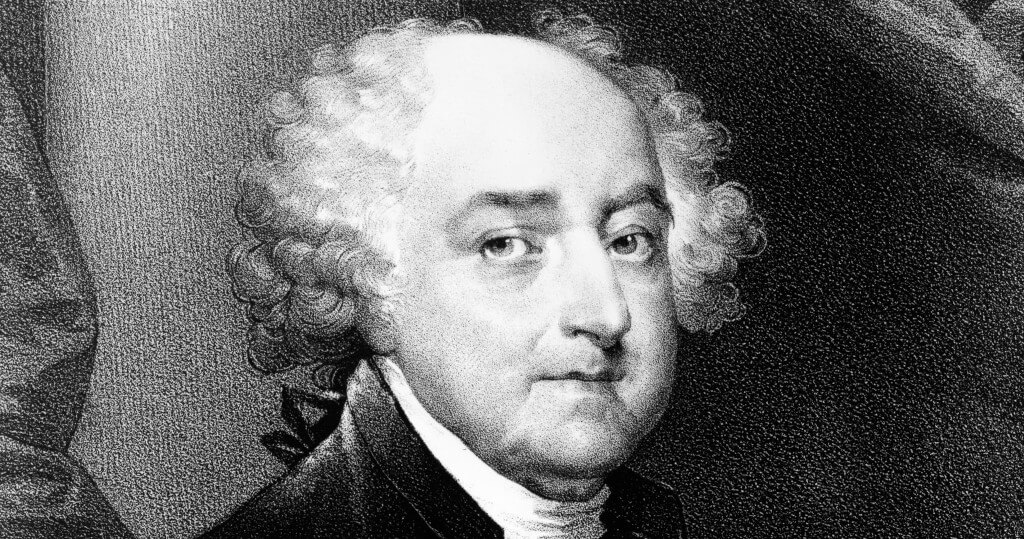
John Adams was elected President, and Thomas Jefferson was elected Vice President. However, they held quite different views and failed to work well together.
In 1800, they stood against one another again, but each had running mates representing their parties this time. Aaron Burr was Jefferson’s running mate, and Charles C. Pinckney ran with Adams.
When the Electoral College met, things got messy, and it took the intervention of Alexander Hamilton to ensure that Jefferson was elected to the White House.
It took 36 separate Electoral College votes to achieve that result. The electoral vote, it was decided, had to change.
What Is the 12th Amendment?
The first major reform was to insist that each Elector in the Electoral College cast one of their votes for the President and the other for the Vice President.

The Electors could not cast both their votes for presidential candidates. In this way, there would no longer be a President and Vice President from different political parties. The idea of a ‘ticket’ was born.
Another reform was to forbid anyone ineligible to stand for President from standing for Vice President.
Tie or No Majority for President
The Twelfth Amendment confirmed the existing arrangements should there be a tie or no majority for one candidate.
The House of Representatives is tasked with choosing the President in this situation, and the Senate then chooses the Vice President.
12th Amendment Ensures a Winning Candidate
The 12th Amendment also provides a solution if the House of Representatives fails to elect a President under these terms.

Should this happen, then the Vice President will become acting President in the same way as they would if the President died or ceased to be President in some other way.
A Necessary Change
After the difficulties experienced during the 1800 election, it was imperative that a solution be found and adopted quickly.
The Twelfth Amendment changed a section of the United States Constitution and was passed by Congress in 1803. It was ratified by the states in 1804, just in time for that year’s election.
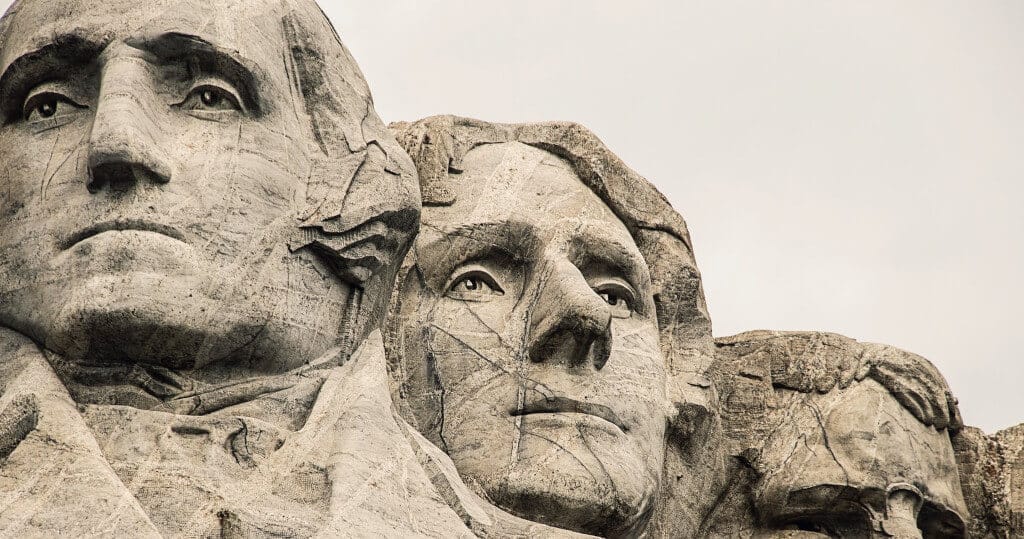
The 12th Amendment shows that even the Founding Fathers were willing to adapt to changing circumstances in American society.
Despite George Washington’s opposition to political parties, they were a fact of life by 1796. Making the necessary changes to the United States Constitution paved the way for smooth elections.
12th Amendment Timeline
The Twelfth Amendment to the United States Constitution was proposed to the legislatures of the States by the Eighth Congress, on December 9, 1803, in place of the original third paragraph of the first section of Article II.
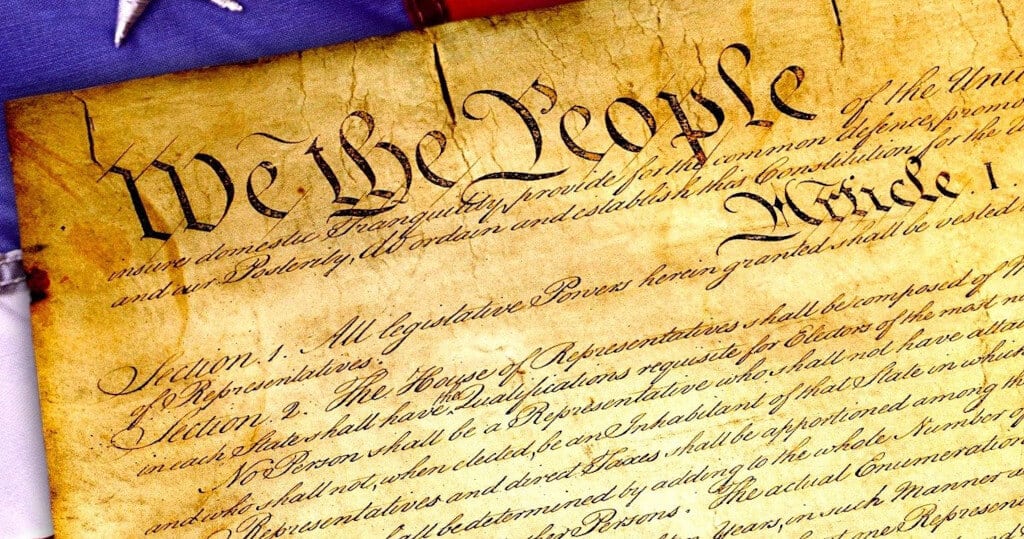
It was ratified on June 15, 1804 and declared in a proclamation by the Secretary of State, dated September 25, 1804, to have been ratified by the legislatures of 13 of the 17 States.
The dates of ratification were:
North Carolina, December 21, 1803;
Maryland, December 24, 1803;
Kentucky, December 27, 1803;
Ohio, December 30, 1803;
Pennsylvania, January 5, 1804;
Vermont, January 30, 1804;
Virginia, February 3, 1804;
New York, February 10, 1804;
New Jersey, February 22, 1804;
Rhode Island, March 12, 1804;
South Carolina, May 15, 1804;
Georgia, May 19, 1804;
New Hampshire, June 15, 1804
Ratification was completed on June 15, 1804.
Tennessee, July 27, 1804, subsequently ratified the Amendment.
The Amendment was rejected by:
Delaware, January 18, 1804;
Massachusetts, February 3, 1804;
Connecticut, May 10, 1804.
12th Amendment Simplified Quiz
Frequently Asked Questions
Why was the 12th Amendment to the Constitution necessary?
What changes did the 12th Amendment introduce to the Electoral College system?
How does the 12th Amendment handle a tie or lack of majority in the Electoral College?
When was the 12th Amendment ratified and by how many states?
What historical event highlighted the need for the 12th Amendment?
How useful was this post?
Click on a star to rate it!
Average rating / 5. Vote count:
No votes so far! Be the first to rate this post.
We are sorry that this post was not useful for you!
Let us improve this post!
Tell us how we can improve this post?

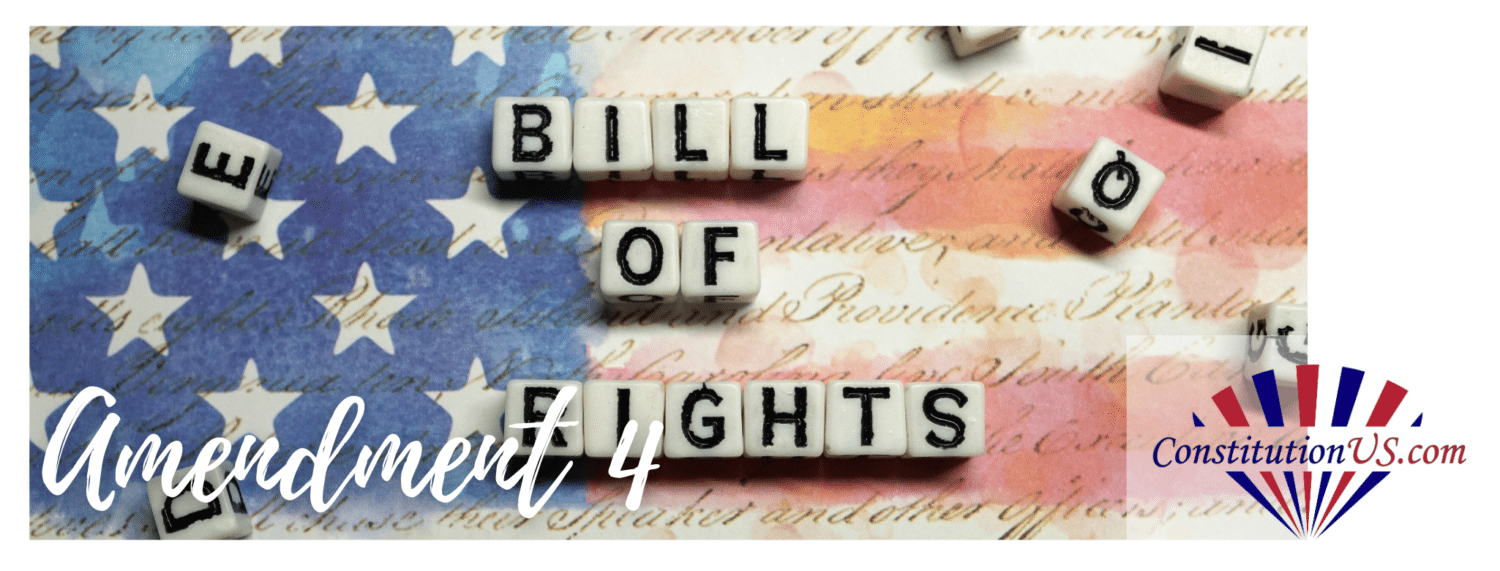
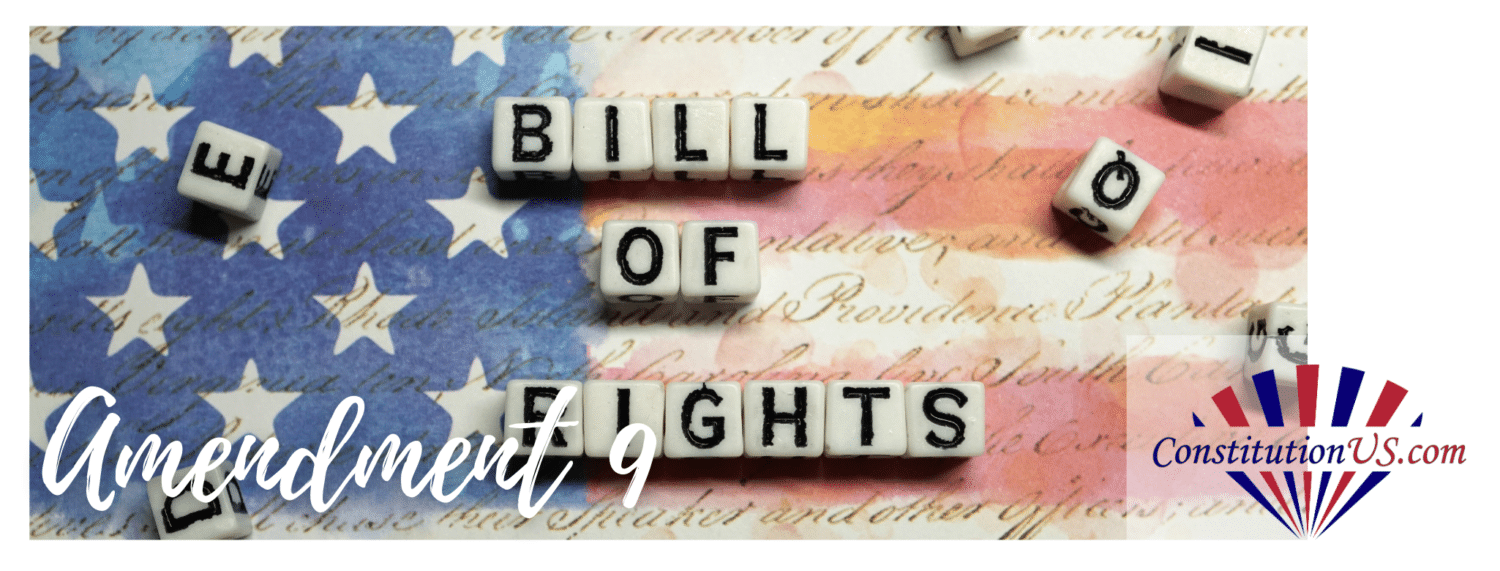
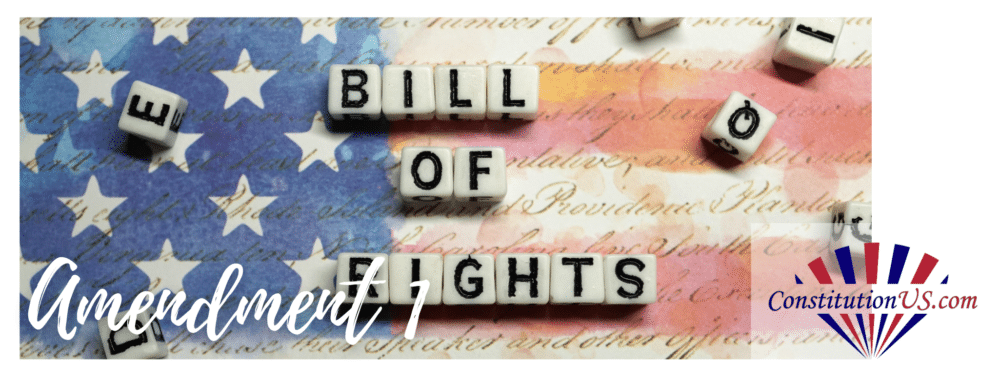



2 Responses
If the United States were invaded and the President of the United States nor Congree failed to respond, could they be Impeached?
I disagree.
1. The 1876 election and the resulting compromise which ended reconstruction allowing serious negative consequences is an example of this amendment taking the decision of who would be President away from the states and putting it in the hands of political party leaders. Party leaders making the decision of who is to be President has been an ongoing problem.
2. The 12th amendment prevents the successful creation of a third party unless one of the two major parties collapses. A third party then does not have any chance offering a viable alternative to the existing parties dogmas.
3. There have been polls which have shown that there are more “independent” voters than members of both parties combined. This and other polls indicate that as a rule a large number of voters do not feel that either of the two parties represent them.
4. The idea that only leaders of the two major parties are capable of selecting qualified candidates for President should be seen for what is: anti-democratic. In a nation of more than 325 million people there must be more than two people qualified to be President.
5. This amendment also negatively impacts the House of Representatives and the Senate because third party members are seen as having little say in what goes on in either chamber.
6. I agree that the President and Vice President should be from the same party (which may not be the case with this commandment) is a good idea.